27+ SAMPLE Graphic Design Bid Proposal
-
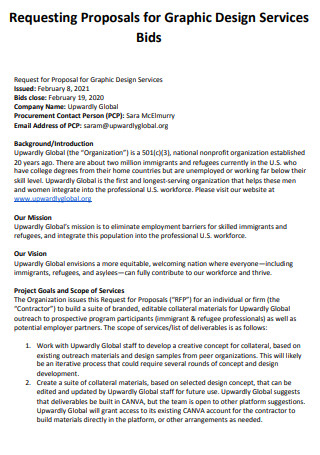
Requesting Proposals for Graphic Design Bid Services
download now -
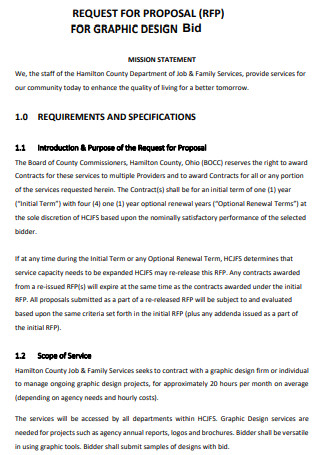
Graphic Design Bid Proposal
download now -

Graphic Design and Branding Services Bid Proposal
download now -

Sample Graphic Design Bid Proposal
download now -
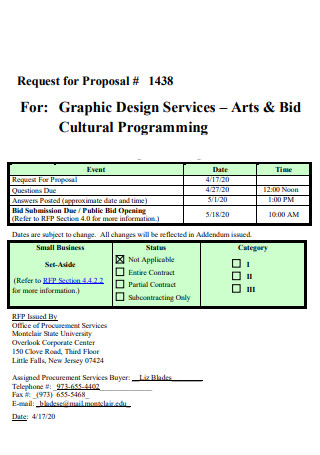
Graphic Design Arts Bid Proposal
download now -
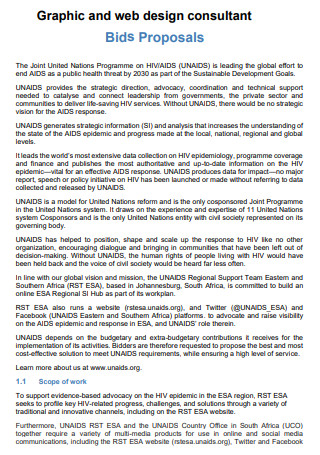
Graphic and Web Design Bid Proposal
download now -
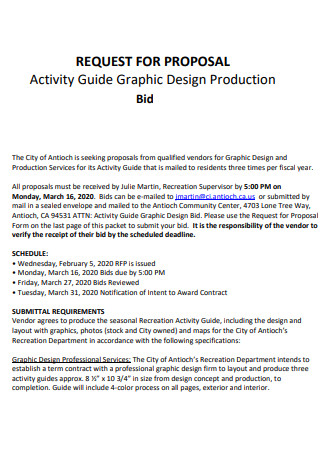
Graphic Design Production Bid Proposal
download now -

Simple Graphic Design Bid Proposal
download now -
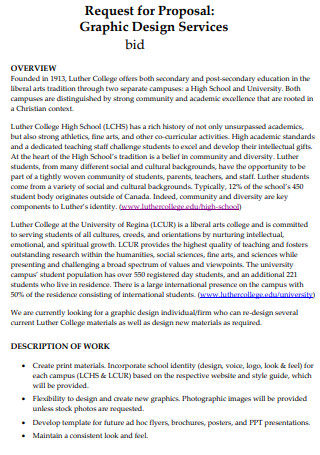
Basic Graphic Design Bid Proposal
download now -
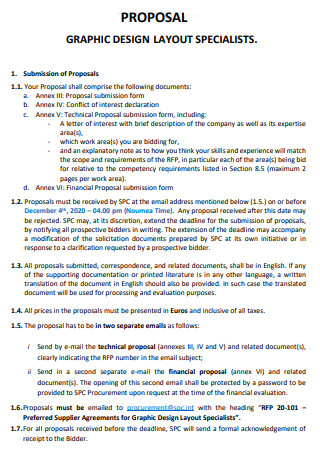
Graphic Design Layout Bid Proposal
download now -
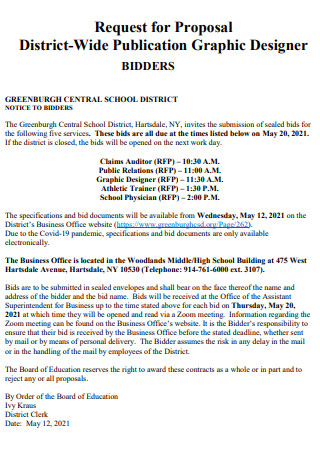
Graphic Designer Bid Proposal
download now -
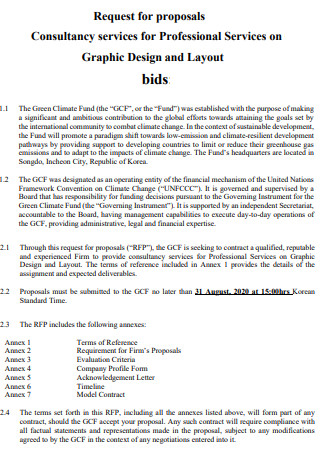
Consultancy Graphic Design Bid Proposal
download now -
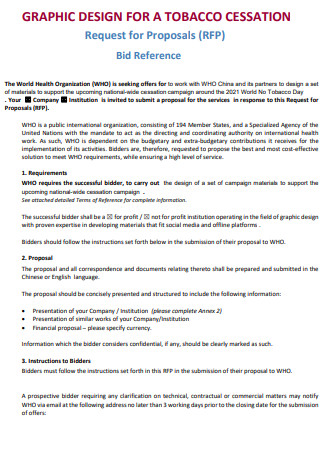
Graphic Design for Tobacco Bid Proposal
download now -
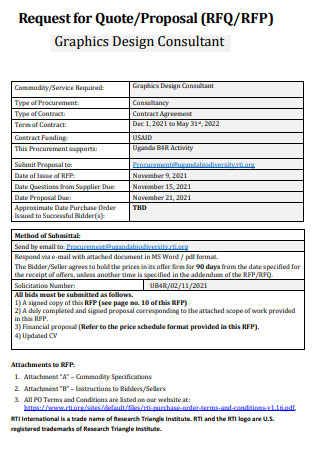
Graphic Design Bid Quote Proposal
download now -
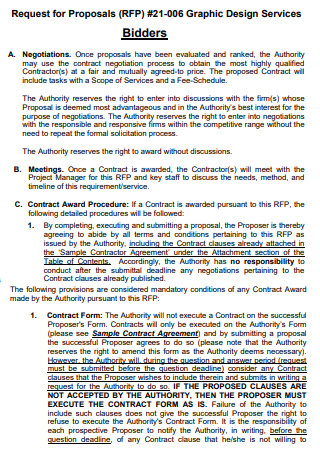
Graphic Design Bid Request for Proposal
download now -
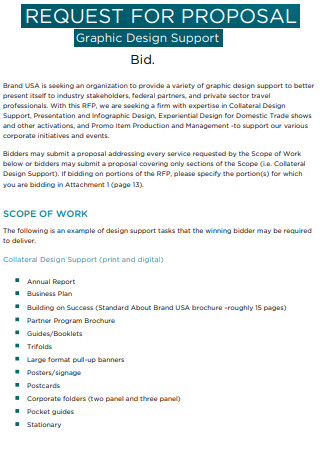
Graphic Design Support Bid Proposal
download now -
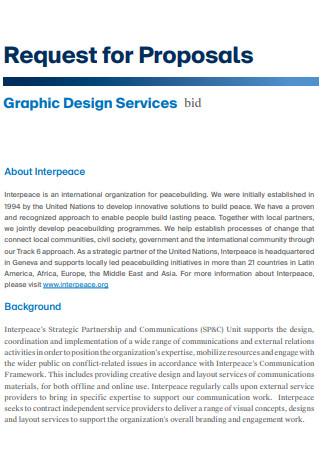
Standard Graphic Design Bid Proposal
download now -
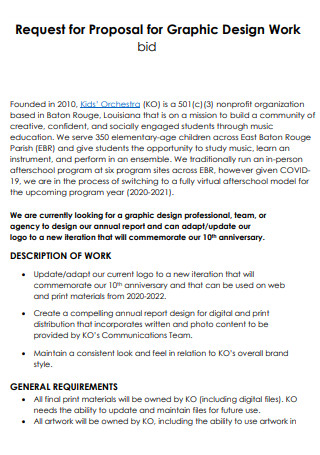
Graphic Design Work Bid Proposal
download now -
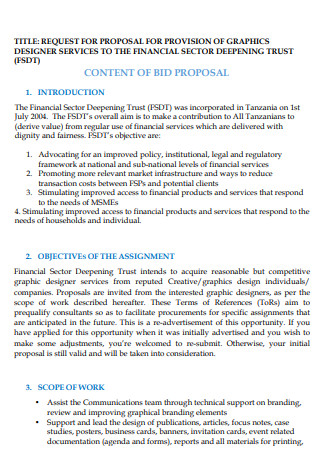
Provision of Graphic Design Bid Proposal
download now -
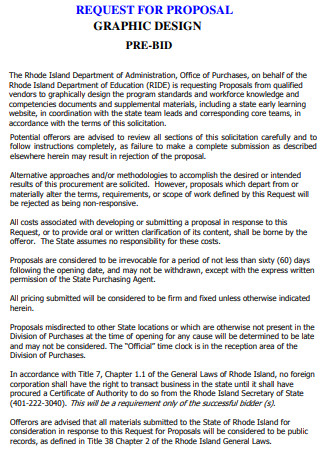
Graphic Design Pre Bid Proposal
download now -
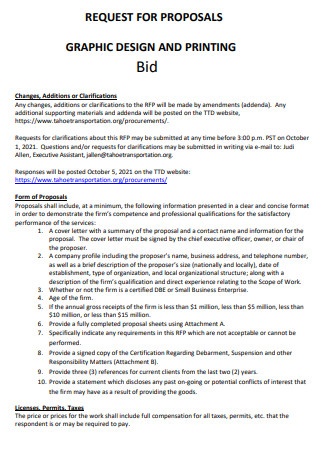
Graphic Design and Printing Bid Proposal
download now -
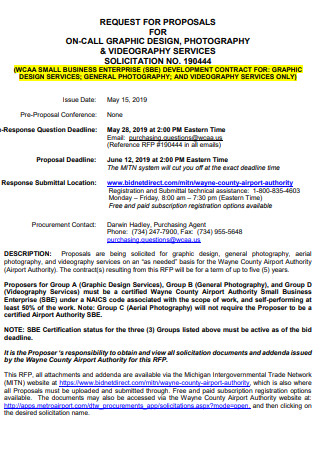
On Call Graphic Design Bid Proposal
download now -

Advertising Graphic Design Bid Proposal
download now -

Recreation Graphic Design Bid Proposal
download now -
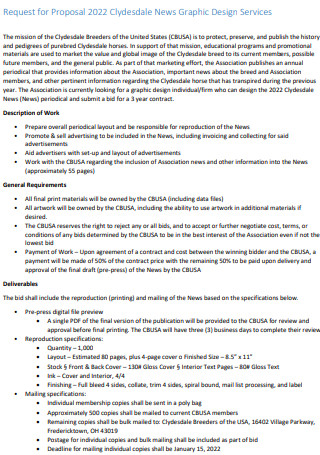
Graphic Design Service Bid Request for Proposal
download now -

Graphic Designer for Long Term Agreement Bid Proposal
download now -
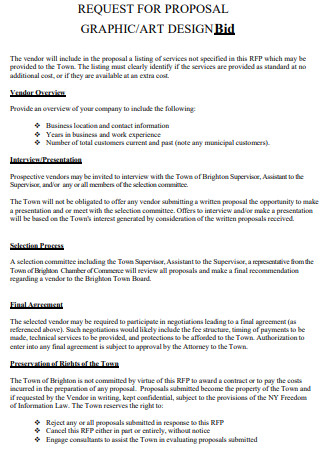
Graphic Art Design Bid Proposal
download now -
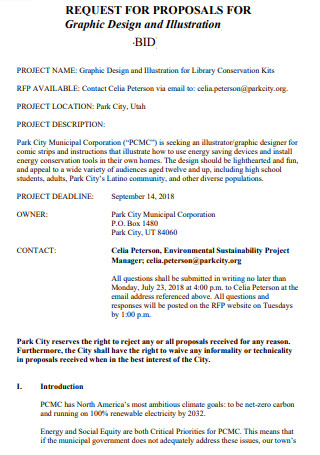
Graphic Design and Illustration Bid Proposal
download now
FREE Graphic Design Bid Proposal s to Download
27+ SAMPLE Graphic Design Bid Proposal
What Is a Graphic Design Bid Proposal?
What Is a Graphic Design?
What Does a Graphic Designer Do?
What Are the 10 Elements of Design?
What Are the Different Types of Graphic Design?
How to Write a Graphic Design Bid Proposal?
FAQs
How Long Should a Design Proposal Be?
How Do You Introduce a Design Portfolio?
Where Is Graphic Design Used?
How Can I Work with a Graphic Designer and Stay on Budget?
What Is a Graphic Design Bid Proposal?
A graphic design bid proposal is a document used by graphic designers to pitch their design services to prospective clients. It is a professional proposal that describes the capabilities of a freelance graphic designer or a creative agency and how they will address the prospective client’s needs. A design proposal is simply a document that states what design work you propose to do for your client. And in exchange for what money and in what timeframe the projects are going to get done. Generally, it is a written offer from a seller—you as a designer—to a potential buyer—a client who needs some designs. Businesses leverage their services for various purposes like creating impactful marketing and branding collateral, revamping website design, establishing brand identity, and many more.
What Is a Graphic Design?
Graphic design is also known as communication design, and graphic designers are essentially visual communicators. They bring visual concepts to life, usually through graphic design software, and inform or engage consumers through text, graphics and images. Graphic design is the craft of planning and creating visual content to communicate ideas and messages. This kind of job is everywhere you look—from billboards to cereal boxes to mobile apps. These designs can influence our perception and emotions through incorporating different elements and principles. Moreover, graphic design uses visual compositions to solve problems and communicate ideas through typography, imagery, color, and form.
What Does a Graphic Designer Do?
A graphic designer does more than just put their creative skills to work. Though most graphic designers are intuitively creative already, they have generally spent time studying numerous design principles. As a visual communicator, they leverage these design elements and use concepts such as color, typography, space, balance, form and lines to create their visual message. It’s important to understand how to use design elements to deliver the required messages and values as well as evoke a certain feeling in the viewer.
In addition, some graphic designers are also able to understand the more technical aspects of design required to create digital assets for a company. For instance, a web designer is often able to create wireframes, workflows, and sitemaps and understand how to develop easy navigation for the user experience.
What Are the 10 Elements of Design?
The elements and principles of graphic design include line, color, shape, space, texture, typography, scale, dominance and emphasis, and balance. They work to create visually appealing work that gives a clear message:
Line
Lines connect any two points. Lines are present in nearly every design, whether they are straight, curved, thin, thick, dashed, long, or short. They are useful for dividing space as well as directing the viewer’s attention in a specific direction.
Color
Colors create emotions and moods. Color is perhaps the most important and obvious element of a design. It can create impact right away, and it is noticed by everyone, even those without a design background. Colors can be used in backgrounds or within other elements like lines, shapes, or typography.
Shape
Shapes can be circles, squares, rectangles, triangles, or other abstract forms. Most designs include at least one shape. Similar to color, shapes have different associations. The color, style, background, and texture of a shape can all influence the viewer’s perception.
Space
Good designs will utilize space to give other elements room to breathe. White or negative space is crucial in design because it enhances readability for the human eye.
Texture
Textures can include paper, stone, concrete, brick, and fabric. Textures are commonly used, replacing single-color backgrounds. Textures can be helpful to create a three-dimensional appearance.
Scale
Scale can be used to create a visual hierarchy. The scale and size of objects, shapes, and other elements can make certain parts of a design more dynamic.
Dominance and Emphasis
Dominance and emphasis create a focal point in a design. It helps with the design flow and can guide the viewer to other parts of the design.
Typography
Typography is the art of arranging text in legible and engaging ways. Good typography should create a strong visual hierarchy, provide balance and set the right tone. Different moods or emotions can be expressed through different type choices.
Balance
Balance is achieved through shapes, colors, textures, lines, and other elements. Balanced designs offer stability, while unbalanced designs can be dynamic.
Harmony
In every good design, each element needs to work together and complement each other. Harmony is one of the main goals of graphic design. Designs need to strike a fine balance between harmony and contrast.
What Are the Different Types of Graphic Design?
If you are an aspiring designer or seeking design services for your business, understanding the different types of graphic design will help you find the right skills for the job:
How to Write a Graphic Design Bid Proposal?
There are a lot of ways to write an effective bid proposal. Here is a step-by-step process for the Graphic Design Bid Proposal:
Step 1: Talk to Your Prospective Client to Know What They Need
Sitting down and talking to your lead is always the first step because you need to understand what is going on with your client. You have to figure out what the client’s problem is and, therefore, what your design expertise and services can do for them to solve their problem.
Step 2: Conduct a Research
You will need to conduct a lot of research to understand your client’s brand, product, or services inside and out. Ask if your prospect has any proprietary documents or materials to help you understand their situation any better. Arm yourself with as much details as possible to empower yourself to put together a proposal that addresses all of your prospect’s pain points in a relevant way.
Step 3: Start with the Problem
The whole point of your design proposal is to solve your prospect’s problem, so your first section ought to be about their main issue. Remember that your would-be client does not care about you or your brand—they care about their business problem and how you can come on board to solve it quickly and painlessly for them.
Step 4: Explain Your Solution
Your prospect has read this far because they know that you are the right designer for their project. This is where you have to make it count. Now, all that’s left is to confirm their suspicion by presenting them with a solution to the aforementioned pain point. A good solution should have all of the following particulars: a specific course of action to outline individual steps to achieve the solution; hard stats and data to support the course of action being proposed; an explanation of how your strategy will help your prospect and solve their problem; and opportunities to review the strategy at consistent and specific intervals. For the solution to be effective, it has to demonstrate to your prospect not only that you have a plan to tackle their problem, but that it also has a reasonable chance of being successful.
Step 5: Clear Out the Next Steps
It is usually a really good sign that they are going to convert and sign on the dotted line. However, before they do, outline what the prospect has to do to finalize a working relationship with you. This includes payment terms, general terms and conditions, and when your working relationship begins in earnest. Though your prospect might sign your proposal right after reading it, it is always a smart plan to declare that your work on the project will only begin in a few days or even weeks’ time. The terms and conditions can include anything from how many revisions you are offering to how freely you make yourself available to your prospect to get another round of feedback.
FAQs
How Long Should a Design Proposal Be?
Your document should not be too long because it will only cause your client to skim or skip sections. Your proposal should be just the right length. It is suggested that the most common winning proposal length is ten pages.
How Do You Introduce a Design Portfolio?
Choose the right platform to showcase your work. Curate your best work, and show a wide breadth of skill. Include a professional case study, or client recommendations. Integrate your personality. Describe the creative process. Show non-client work, or side projects.
Where Is Graphic Design Used?
You will find graphic design in company logos, printed materials like posters, signs, brochures, greeting cards, postcards, business cards, billboards and ads. Advances in technology have brought us the digital environment complete with online ads, websites, virtual brochures and presentations, and so very much more.
How Can I Work with a Graphic Designer and Stay on Budget?
There are many ways to work with a graphic designer. Partnership options include working through an agency or hiring them directly. However, you will want to be prepared to communicate clearly and often about what you want from the graphic designer. And the more specific you can be when you fill out your request the more likely the final product will reflect your vision. Communicating clearly and minimizing revisions will hold down your expenses.
The reality with writing a design proposal is that it can take a lot of time and work. This ca not be any truer than when you are still new to charging for your design work and have not written one yet or only have put together a handful. It is not just the actual drafting stage that can be time-consuming but, it is also the preparatory steps, such as first meeting with your prospect and then researching their brand to empower you to fully understand what they need. It gets better with practice. The more design proposals you create, the easier and more effective you will become.
